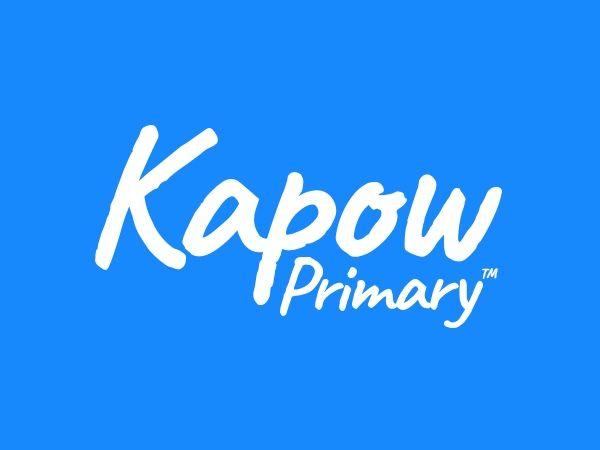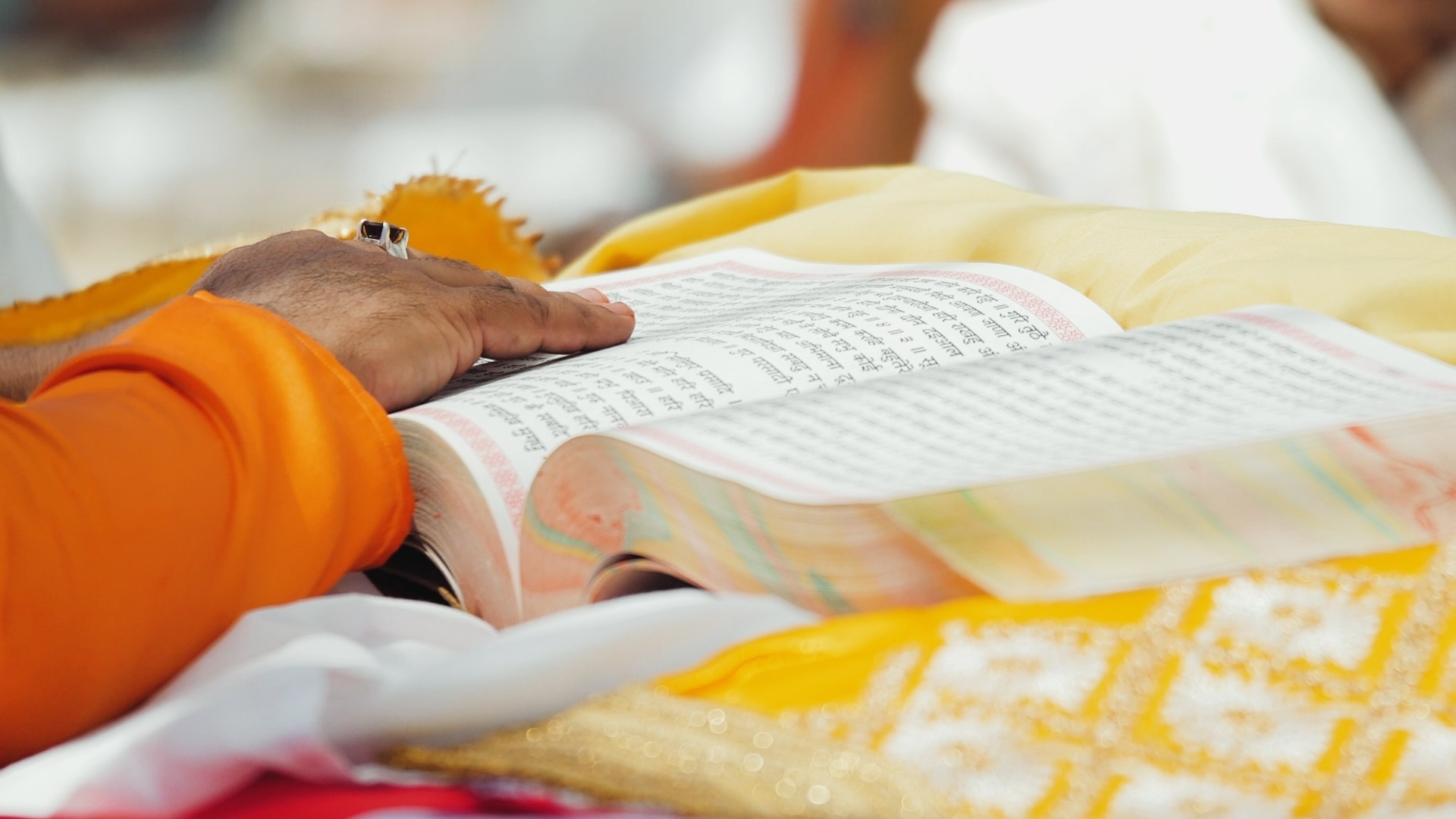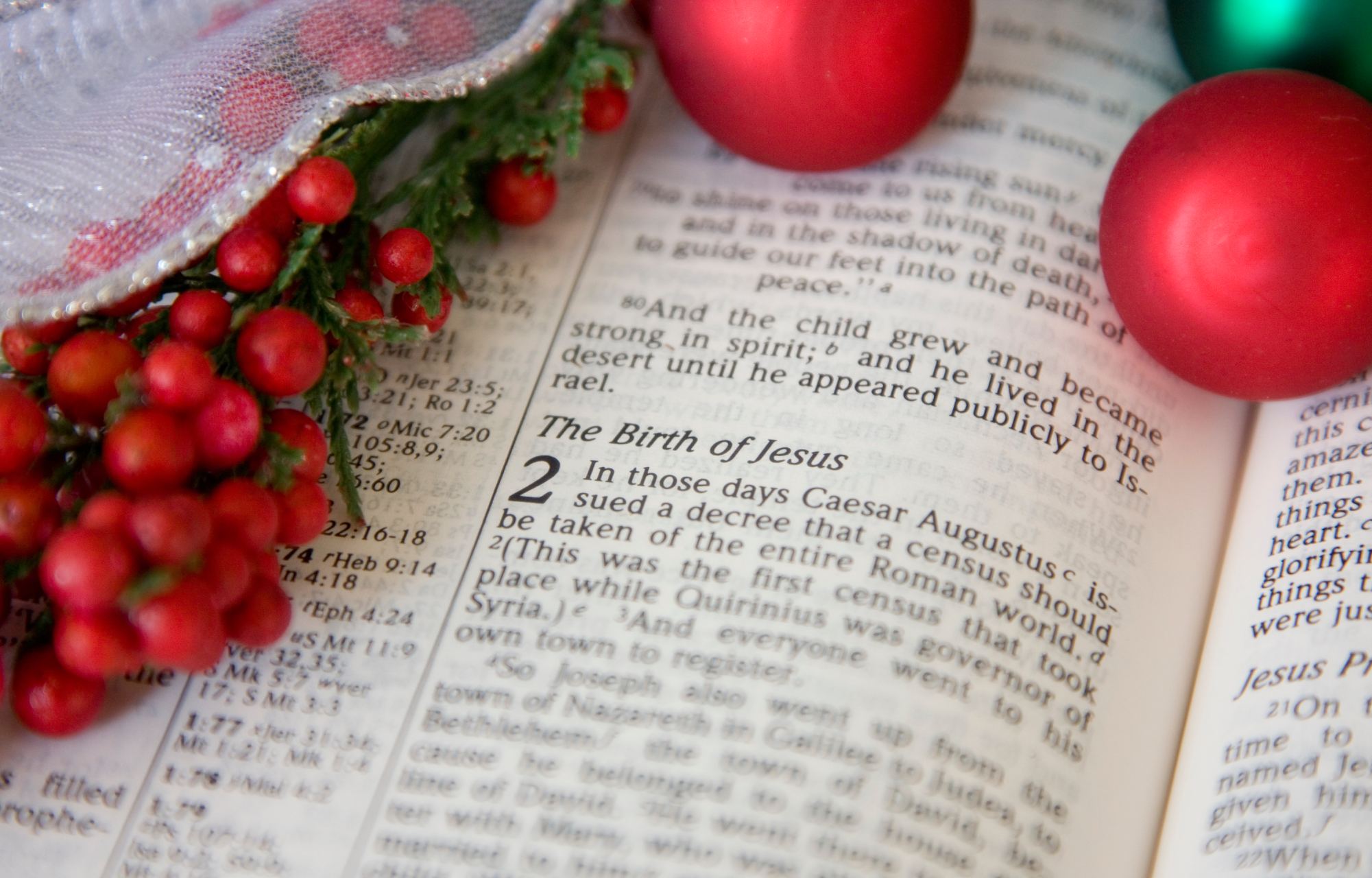Learning objective
- To make connections with beliefs about the origin of scripture and how it is used.
Success criteria
- To explain the
This content is for subscribers only. Join for access today.
Religious Education Council Curriculum Framework for RE in England (non-statutory guidance):
- A3: Explore and
This content is for subscribers only. Join for access today.
Cross-curricular links
English
Reading – comprehension
Pupils should be
This content is for subscribers only. Join for access today.
Before the lesson
This content is for subscribers only. Join for access today.
Lesson plan
Recap and recall
Display the Presentation: Speak like an expert and ask the children to talk to their partner about the religious texts from one of the worldviews learnt about during the last lesson. Encourage them to use vocabulary correctly, referring to the Knowledge organiser if necessary.
This content is for subscribers only. Join for access today.
Extended-mode explainer videos
How to extend your display to view the lesson page and preseantion mode simultaneously. Choose your operating system below to watch the video
If you need further support with extending your display,
please contact [email protected].
Extended-mode explainer video: For Mac
Extended-mode explainer video: For Windows
Adaptive teaching
Pupils needing extra support
Should underline one sentence or phrase for each part of the key on the Activity: Shruti and smriti; could use the Presentation: Discussion prompts during the discussion cards task.
Pupils working at greater depth
Should be given the statements from Activity: Discussion cards: extension version without the speech bubbles and add their own different possible responses around the statements; should explain their choices on the Activity: Shruti and smriti in the box below each heading on page two.
This content is for subscribers only. Join for access today.
Assessing progress and understanding
Pupils with secure understanding indicated by: giving some reasons why different Hindu
This content is for subscribers only. Join for access today.
Vocabulary definitions
-
Dharma
Rules or duties that help some people live well.
-
guidance
Advice about how to do something or for when making a decision.
This content is for subscribers only. Join for access today.
In this unit
Assessment - R&W Y4: What makes some texts sacred?
Lesson 1: How do people record beliefs without words?
Lesson 2: What can we find out about scripture?
Lesson 3: What does it mean if scripture was revealed or remembered?
Lesson 4: Why do some worldviews have more than one book of scripture?
Lesson 5: How do some people demonstrate the value of scripture?
Lesson 6: How do sacred texts play a part in some people’s lives?
Year 4: How is Christmas part of a bigger story?





